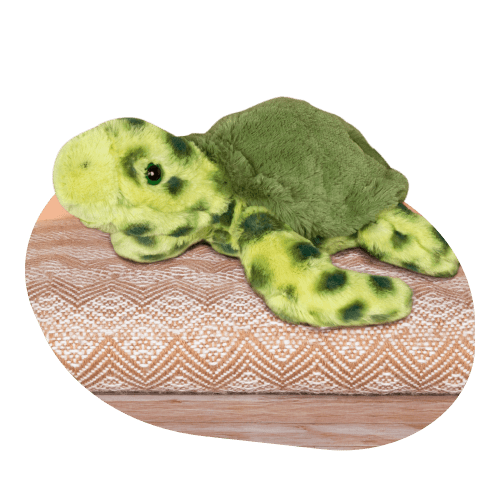

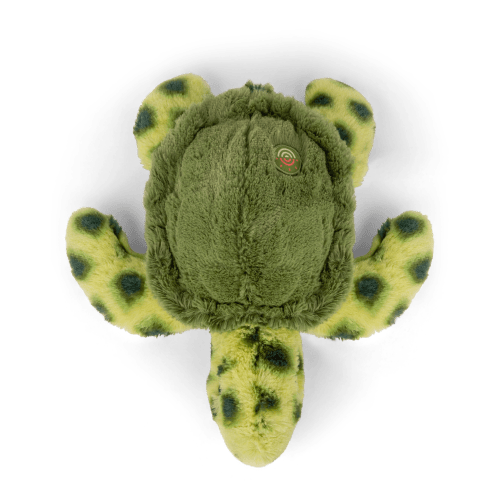
Each Plush Comes with
a Real Turtle to Track
Each Plush Comes
with a Real Turtle
to Track
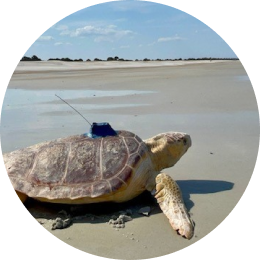
Meet your sea turtle
and learn their story
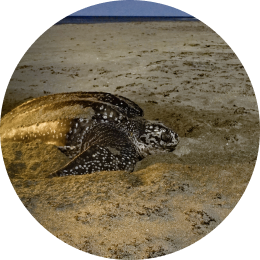
Reveal exclusive stats, photos, and updates
along the way
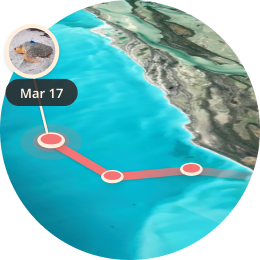
Follow their journey on
an interactive tracking map
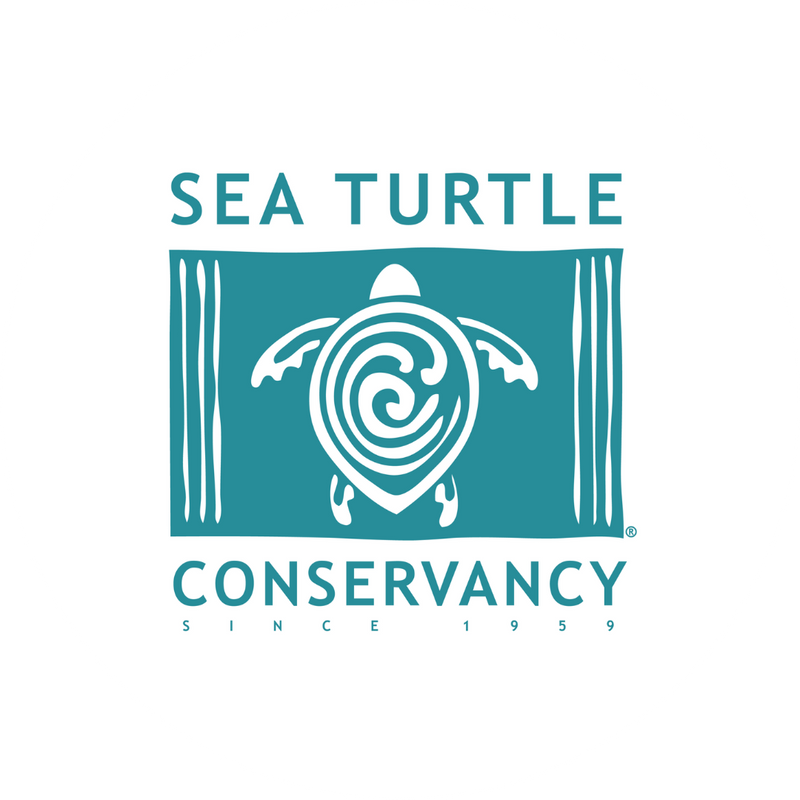
In partnership with
Sea Turtle Conservancy
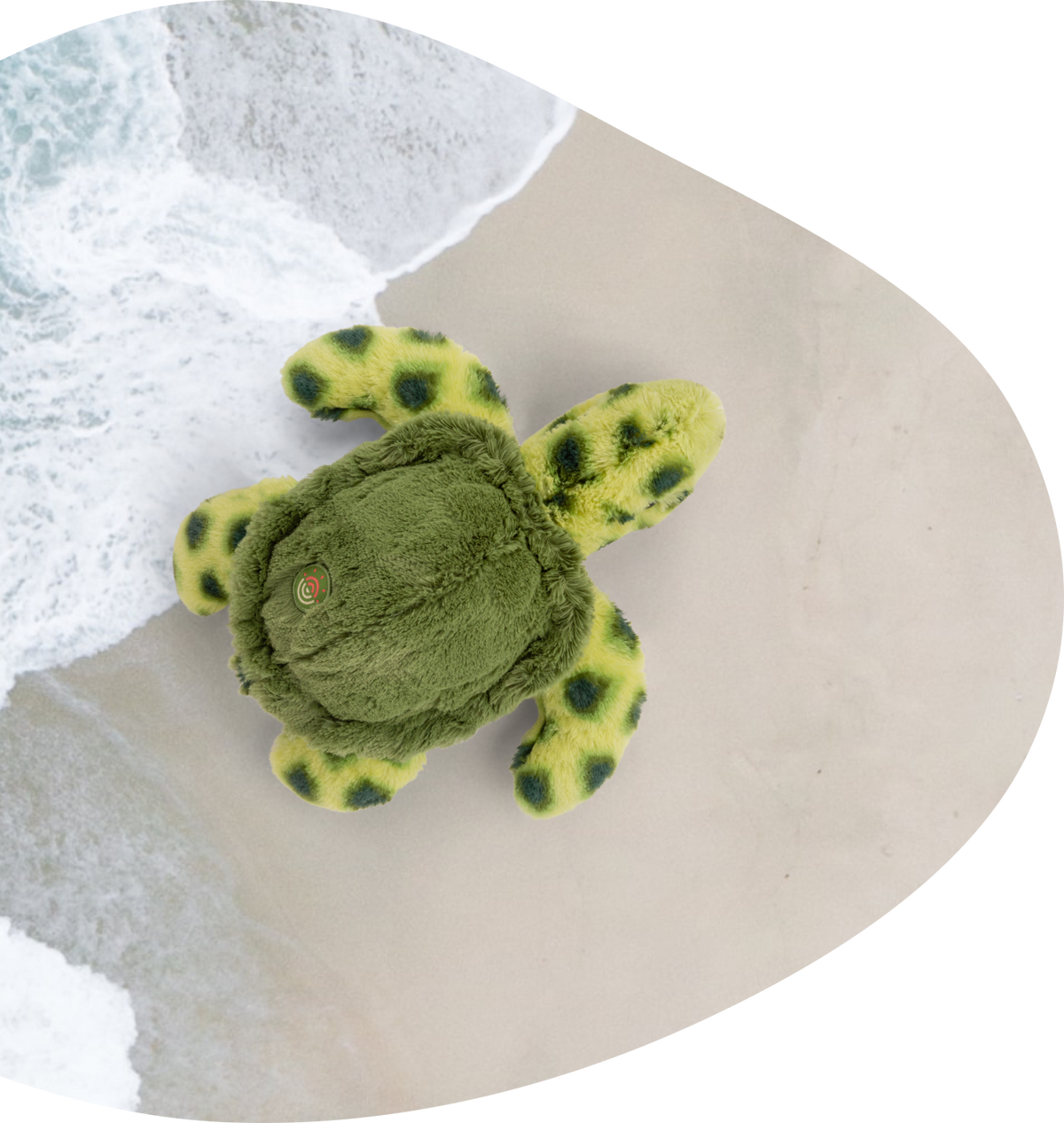
Made in partnership with Sea Turtle Conservancy and their work protecting endangered sea turtle species. Fahlo's goal is to help further their mission, tracking loggerhead, leatherback, hawksbill, and green sea turtles.
One Small Plush.
One Big Mission.
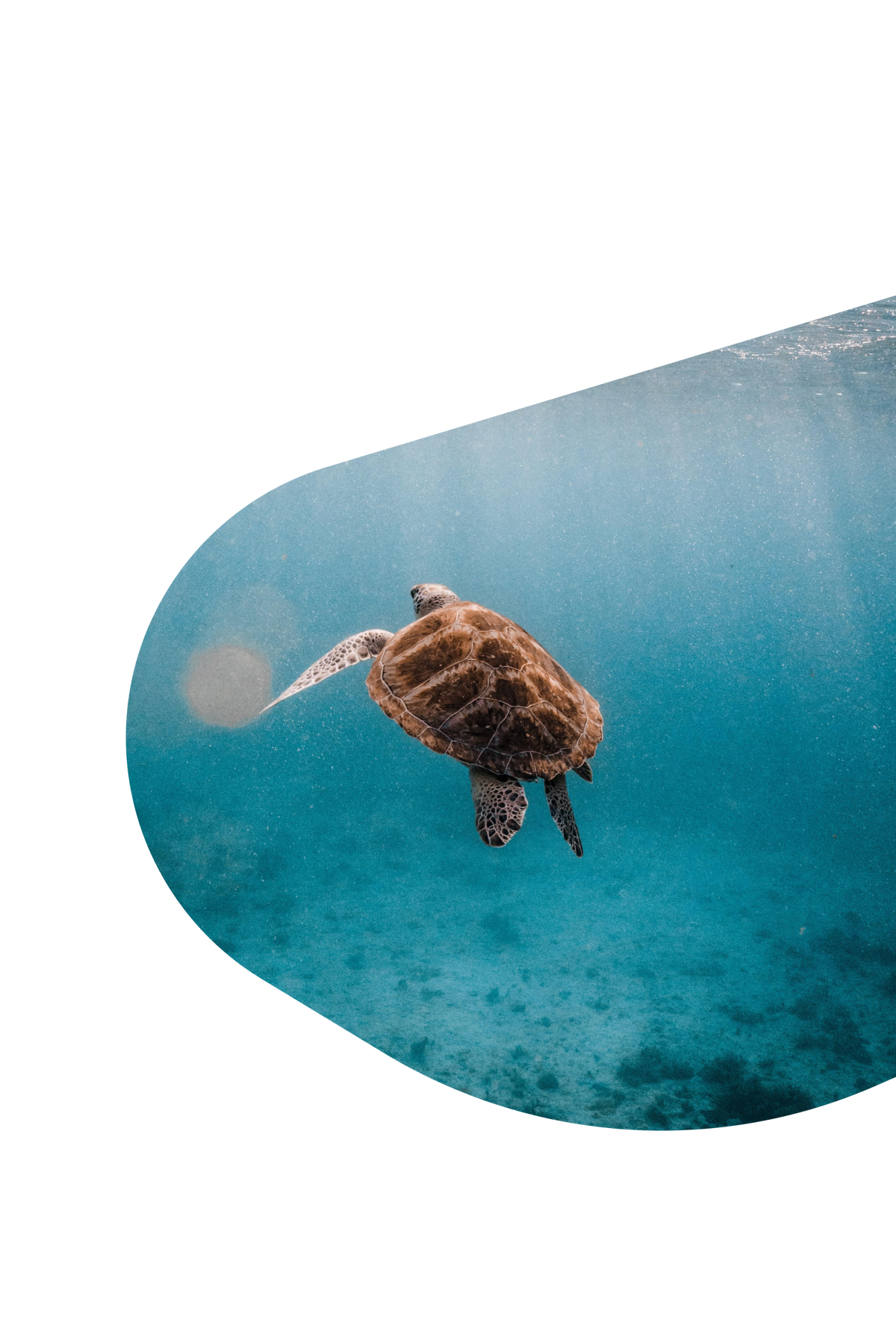
Common Questions
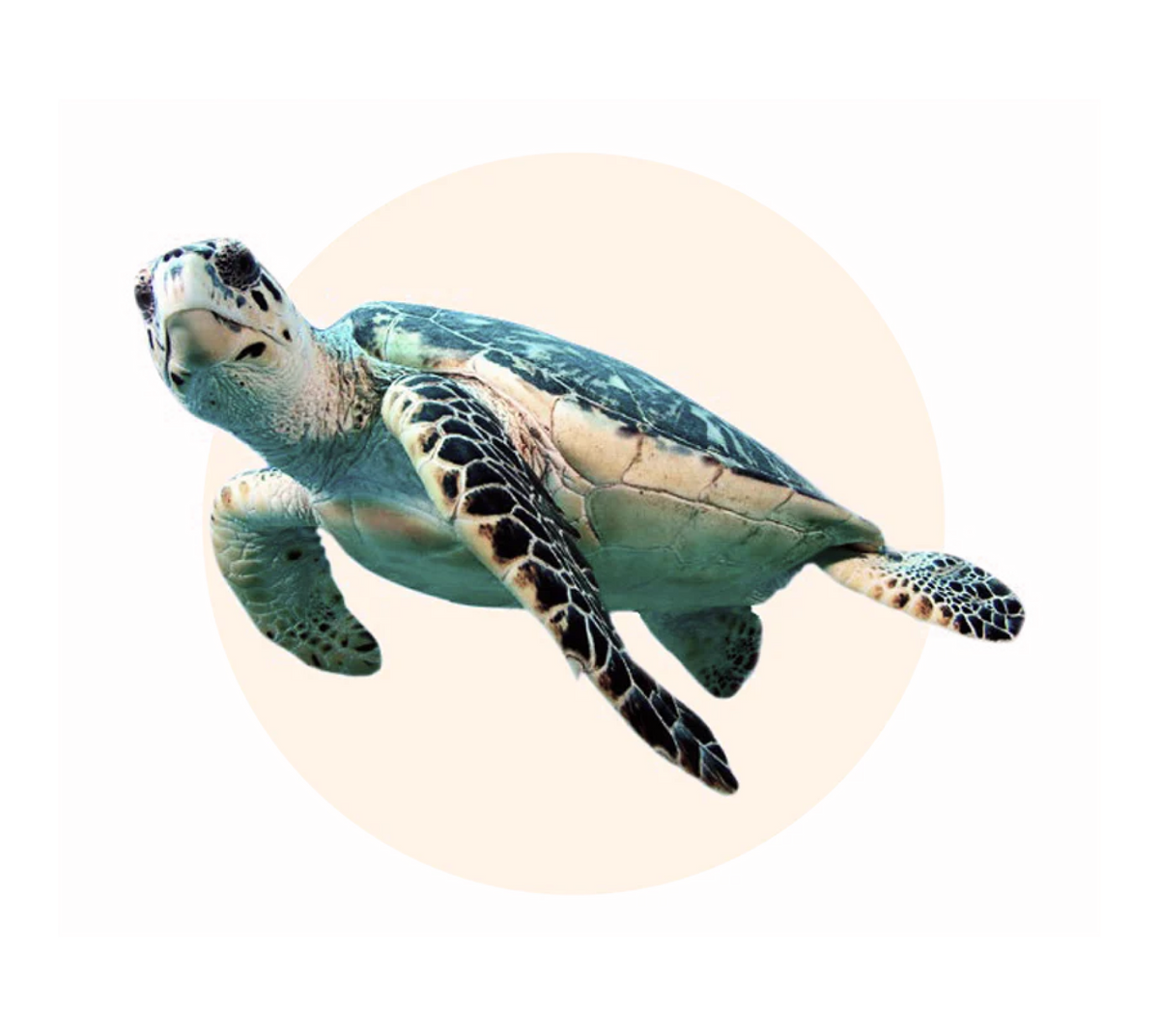
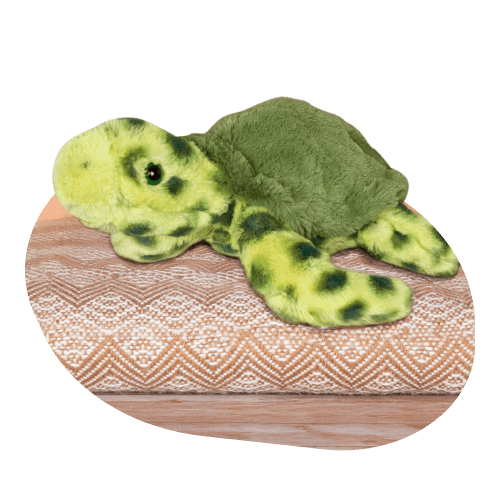
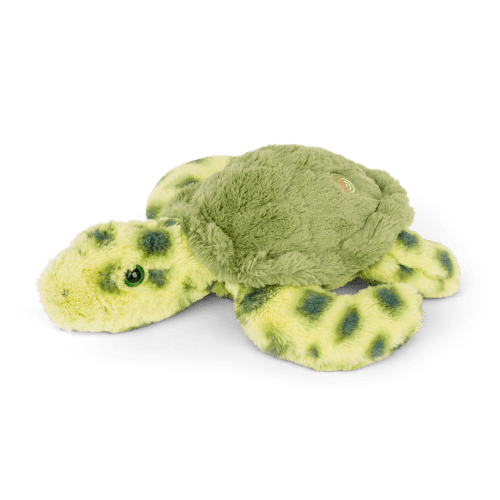
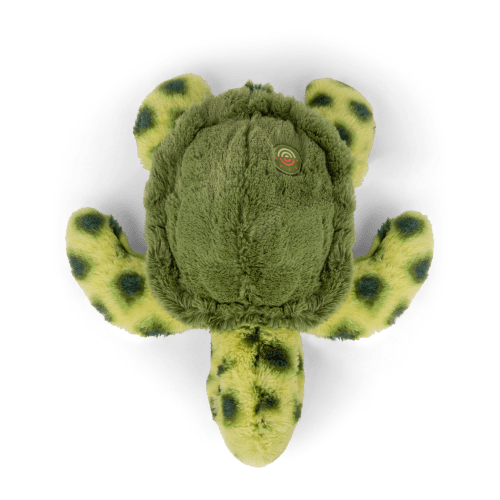
 This animal’s safety guarded with the Fahlo Protection Ping™
This animal’s safety guarded with the Fahlo Protection Ping™ Add 2 or more plush and get free shipping!
Add 2 or more plush and get free shipping! 10% of profits donated to the Sea Turtle Conservancy
10% of profits donated to the Sea Turtle Conservancy Stuffing made from recycled water bottles
Stuffing made from recycled water bottles Huggable for all ages
Huggable for all ages Size: 12.5"
Size: 12.5" SSL Secure Checkout
SSL Secure Checkout Worldwide Shipping
Worldwide Shipping Dedicated Customer Service
Dedicated Customer Service 100% Happiness Guarantee
100% Happiness Guarantee